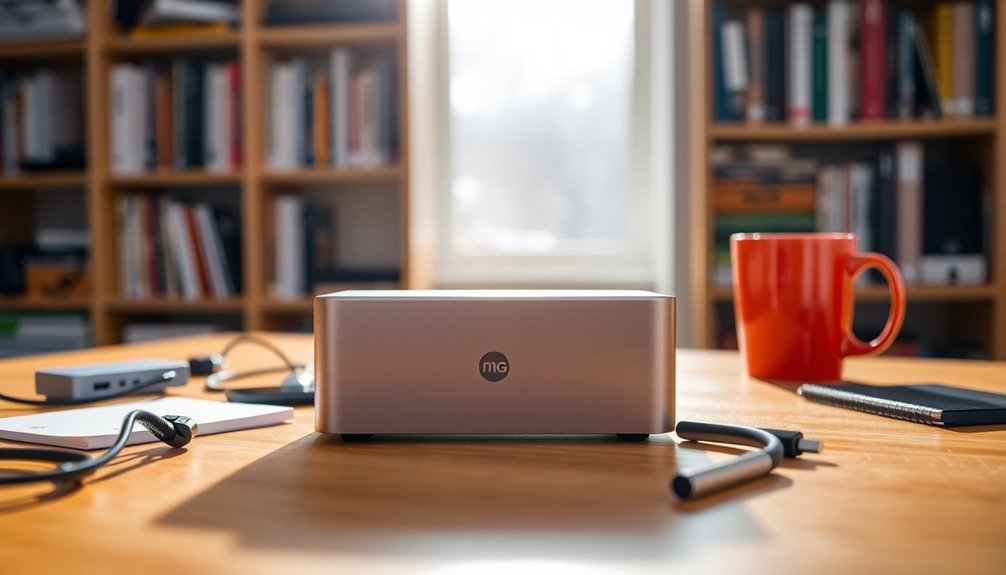You might be surprised to discover how the S1 model is reshaping the landscape of AI technology. With its affordable price tag and impressive performance, it directly challenges OpenAI's O1. This budget powerhouse leverages innovative features to make advanced AI accessible to smaller teams and organizations. What does this mean for the future of AI development and collaboration? There's more to unpack that could change the game entirely.

As AI technology rapidly evolves, the S1 model emerges as a formidable contender in the budget powerhouse arena, offering high performance at an unprecedented low cost. You might be surprised to learn that S1 was trained for under $50, utilizing cloud computing credits, a remarkable feat compared to traditional AI models that often cost tens of thousands. In just 26 minutes, the training process was completed using 16 Nvidia H100 GPUs, showcasing both efficiency and speed.
S1's training involved a compact dataset of only 1,000 curated questions, which significantly contrasts with the vast datasets required by larger models. Built on the Alibaba Qwen2.5-32B-Instruct base model, S1 benefits from enhanced reasoning capabilities thanks to supervised fine-tuning. This means it's not just fast and cheap; it's also smart. Additionally, S1 represents a new approach to AI development, challenging traditional training methods reliant on large datasets. The emphasis on resource efficiency in S1's design mirrors the principles behind environmental innovations aimed at reducing costs and environmental impact.
What sets S1 apart in its technical innovations is its use of test-time scaling. This allows the model to dynamically access additional resources during testing to refine its responses, ensuring you get the best possible answers. The token budget mechanism enhances efficiency by limiting computational resources during testing, further driving down costs. S1 even incorporates 'wait' commands, giving it the ability to extend thinking time without incurring additional charges. The distillation technique used during its development draws reasoning patterns from larger models like Google's Gemini, ensuring a robust performance.
When it comes to performance, S1 shines brightly. It achieved high reasoning accuracy, outperforming OpenAI's o1-preview by up to 27% on math tasks. Evaluations on benchmarks such as AIME24, MATH500, and GPQA Diamond reveal significant improvements, positioning S1 as a direct competitor to industry giants like OpenAI's o1 and DeepSeek's R1.
The impact of S1 goes beyond just performance metrics; it's about democratizing AI. With its low cost, high-performance capabilities, S1 makes sophisticated AI tools accessible to smaller teams that previously couldn't afford them. The ethical implications of using data from larger models invite important discussions, but the open-source availability of S1 encourages collaboration and innovation in the field.
As you explore S1, consider how its cost-effectiveness might reduce global technological inequality, providing everyone with access to advanced AI tools. The future is bright for budget-conscious AI enthusiasts, and S1 stands at the forefront of this exciting shift.










